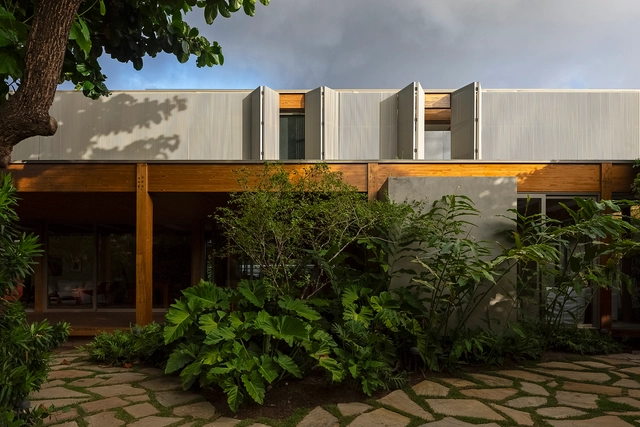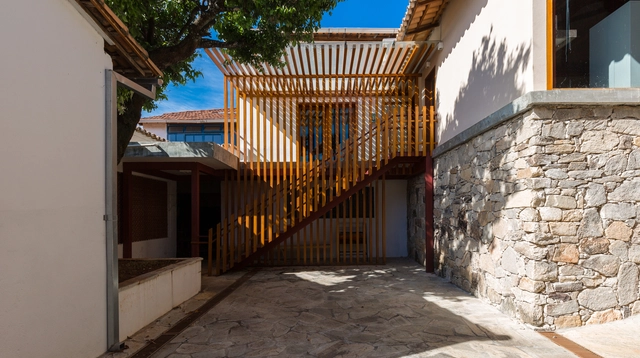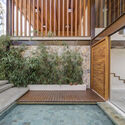
Salvador: The Latest Architecture and News
House of Amendoeiras / Play Arquitetura
Baroque Architecture in Brazil: Adaptation and Influences

In the study of architectural history, one noticeable pattern is the apparent oscillation between different styles and languages. When a more restrained trend dominates, the subsequent one often reverts to more ornate motifs, and vice versa. It's crucial to acknowledge that this perceived 'flow' is only an impression; historical reality is invariably more intricate than records suggest, and the dominance of one style over another is an interpretation made by historians looking back from a future perspective. The Baroque style is a notable example of this phenomenon.
Alphaville House / Sidney Quintela Architecture + Urban Planning
Urban Redevelopment of Marechal Deodoro Square / Sotero Arquitetos

-
Architects: Sotero Arquitetos
- Area: 21395 m²
- Year: 2018
-
Manufacturers: mmcite, Pedras Jacobina, Trimble, Wingramar, ZWCAD
Diocesan Archive / A+P Arquitetos Associados

-
Architects: A+P Arquitetos Associados
- Area: 810 m²
- Year: 2016
Coffeetown Salvador / TRPC Arquitetos

-
Architects: TRPC Arquitetos
- Area: 270 m²
- Year: 2018
-
Manufacturers: Artesian, By Kamy, Deca, Decor Tiles, Desmobilia, +4
These Are the 5 Most Colorful Cities in the Americas

The grays of concrete and pollution are not the only representation of cities and towns in the Americas. As perfect postcard material, many cities in the new world express the vibrancy of the people and places through color. HAUS, ArchDaily's partner, has selected five of these cities, which show us how color can bring light to the day-to-day life of cities.
Itapuã House / ESTUDIOFAROL
Ladeira da Barroquinha / Metro Arquitetos Associados

-
Architects: Metro Arquitetos Associados
- Area: 2440 m²
- Year: 2013
-
Professionals: P.K.M. e Usina de Projetos
Arena Fonte Nova / Schulitz Architekten + Tetra Arquitetos

-
Architects: Schulitz Architekten, TETRA Arquitetos
- Year: 2013
-
Manufacturers: Sika
Bromelia House / Urban Recycle Architecture Studio

-
Architects: Urban Recycle Architecture Studio
- Year: 2011
Teatro Castro Alves refurbishment / Estudio America

Brazilian architects Estudio America won a competition in Salvador for the refurbishment and expansion of the Castro Alves Theatre. More images and architect’s description after the break.
Holocaust Memorial / Sergio Kopinski Ekerman

-
Architects: Sergio Kopinski Ekerman
- Year: 2006















































.jpg?1396650835)

















